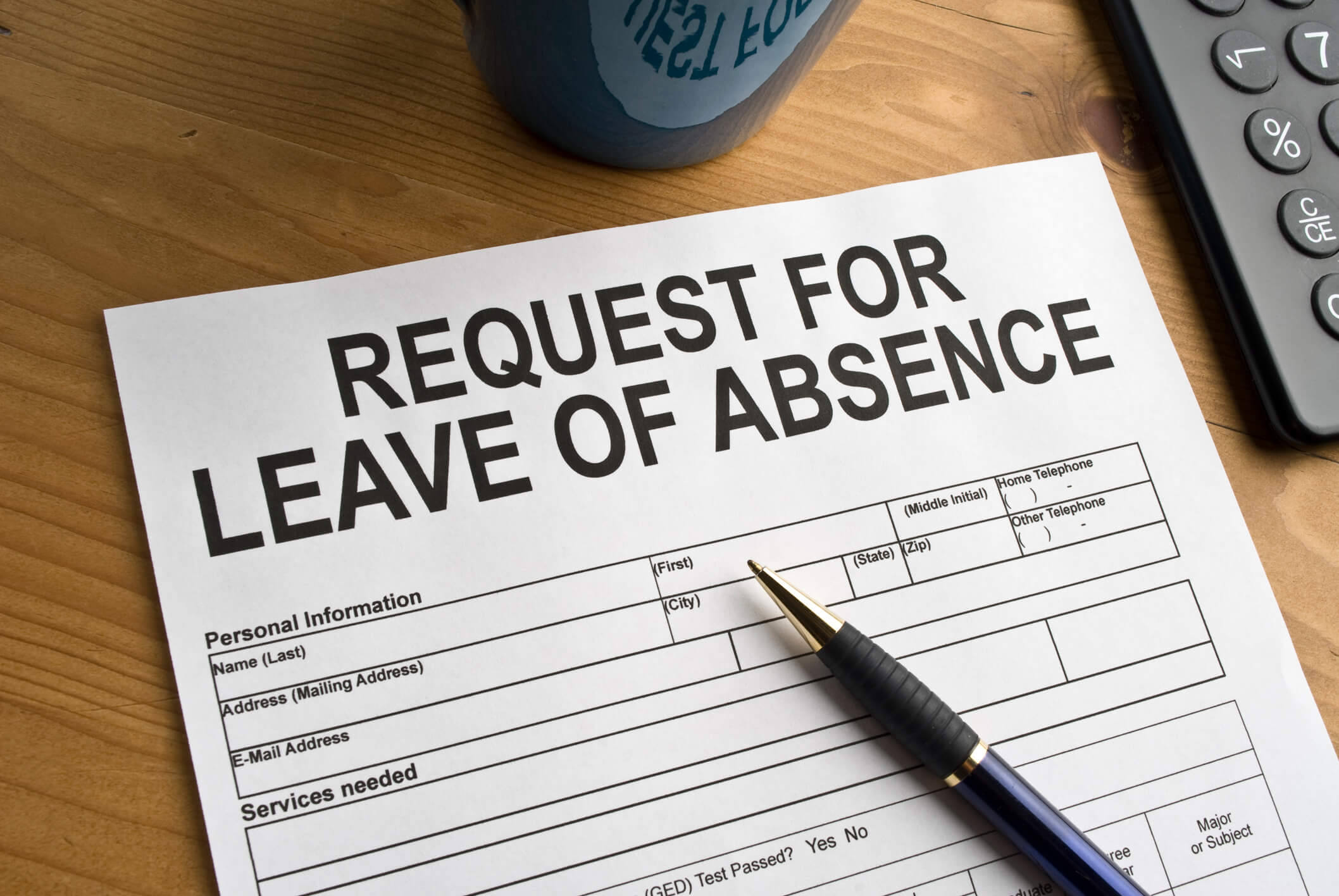Employers may be surprised to learn that certain employees with greater than five years of military leave may still have reemployment rights under the Uniformed Services Employment and Reemployment Rights Act of 1994 (USERRA). USERRA has numerous exemptions to the statute’s five-year service limit, and employers may need to consult an employees’ orders and discharge documents (DD-214 or NGB 22) before denying an employee reemployment rights under USERRA. While the burden of proving entitlement to reemployment (including service not in excess of five years) rests with the employee, USERRA also requires employers to treat employees as if they are on a furlough or leave of absence during a period of service. Tracking cumulative leave, and understanding the exemptions, may inform both the employee and employer as to where an employee stands with respect to the limit, and what actions may be appropriate once an employee reaches the service limit. Here are some tips and suggestions for employers interpreting military orders to determine whether leave is counted toward USERRA’s five-year limitation.
Step One: Getting Familiar with Orders and Training Schedules
The appearance of orders varies by branch but tends to follow a similar format. At a minimum, orders should contain the issuing authority (i.e., the specific branch of the armed forces, whether Army, Navy, Air Force, Marines, etc.), an order number or reference code, the period of leave, purpose of leave, statutory authority for the orders, and a point of contact (often cited as a “POC”). Orders for longer durations may also indicate linkage to a war or national emergency and specifically declare whether the orders are exempt pursuant to service secretary guidance.
For routine drill periods, reservists typically have a training schedule for each fiscal year. Orders are not typically issued for routine drill periods, and so the training schedule is the document employers can rely on to verify an employee’s military service. Drill periods, like annual training, are exempt from USERRA’s five-year limit.
Step Two: Determine Whether the Leave is Exempt
The next step is to identify the statutory authority for the orders. This reference will generally contain “10 U.S.C.” or “32 U.S.C.” followed by the specific code section. If the orders contain reference to any of the statutory sources under 38 U.S.C. § 4312(c)(1)–(4) (such as service from which a person cannot obtain a release within the five-year limit, certain involuntary orders to active duty, drill and annual training periods, and full-time National Guard duty), the service is not counted toward USERRA’s five-year limit. Likewise, if orders specifically state that they are exempt, the time is not counted as part of the five-year cumulative limit. With respect to service secretary exemptions, a current branch-specific memoranda issued by the respective service secretaries offers some guidance. Because this guidance changes from time to time, employers may contact the POC identified on the orders or Employer Support for Guard and Reserve (ESGR), which is a Department of Defense program that promotes cooperation between employers and servicemembers, for assistance in determining whether military orders are exempt from USERRA’s five-year limit.
Step Three: Doing the Math
The sample chart below assumes the employee is a member of the Army National Guard with a full-time employment start date (with a civilian employer) of May 30, 2016. In this hypothetical, the employee worked for the civilian employer for a short amount of time before taking leave to perform service in the uniformed services. Nothing in USERRA would prohibit this as USERRA does not have a minimum length of employment as a prerequisite to coverage.
Sample Five-Year Limit Service Chart
| Order Number/Document Verifying Service | Service Period | Service Length | Statutory Authority or Service Type | Statutory or Branch-Specific Exemption? | Exempt from 5-Year Cap |
| XYZ0001 | June 1-14, 2016 | 14 days | Annual Training
32 USC § 502(a) |
Yes | Yes |
| XYZ0002 | July 1, 2016, to August 7, 2017 | 402 days | 32 USC § 502(f)(1)(b) | No | No |
| Drill Schedule | January 2018 – December 2018 | 24 days (reflecting one weekend drill per month, 2 days each drill for the 2018 calendar year) | Weekend Drill Periods
32 USC § 502(a) |
Yes | Yes |
| XYZ0003 | May 1-14, 2018 | 14 days | Annual Training
32 USC § 502(a) |
Yes | Yes |
| XYZ0004 | February 1, 2019, to August 1, 2019 | 182 days | 10 USC § 12302 | Yes | Yes |
| XYZ0005 | September 15, 2020 to December 18, 2020 | 94 days | 10 USC § 12301(d) for Contingency Operation-Active Duty Support | Yes
(Per Secretary of the Army Memo) |
Yes |
The employee in this example has performed service in the uniformed services with her current employer for a cumulative total of 760 days through December 31, 2020 (equivalent to roughly two years and one month), of which 402 days were not exempt from USERRA’s five-year limit. This fictional employee has roughly four years remaining on USERRA’s five-year time clock (assuming that the remainder of any service is not exempt). Note that the applicable service period for counting purposes is the period stated in a service member’s orders or training schedule and does not include rest and reapplication periods following service.
Key Takeaways
Employees with over five years of cumulative leave with a given employer may still have reemployment rights under USERRA. Before assuming that an employee no longer has USERRA reemployment protections, employers may want to carefully consider USERRA’s many exemptions to the five-year cap. Civilian employers have several resources for confirming whether service is counted toward USERRA’s five-year limit, including the employee’s military chain of command and ESGR.






